EDI stands for Early Development Instrument. EDI is a tool the government uses to assess children’s developmental health and well-being prior to Grade 1.
The EDI is a questionnaire that teachers complete about the skills and abilities of each of their Year 2 (senior) kindergarten students. It measures developmental health and well-being across five developmental domains:
Physical health and well-being
Social competence
Emotional maturity
Language and cognitive development
Communication skills and general knowledge
The EDI is used as a population measure (i.e., a measure of whole populations based on geographical or administrative boundaries) by the ministry, municipalities, school boards, and community organizations to inform decision-making and plan early years programs and services. The ministry uses the EDI as a key indicator to monitor the state of young children in Ontario.
EDI results can be compared over time to get a sense of how young children’s developmental health and well-being is changing in Ontario. Examining the percentage of vulnerable children by domain is a way of monitoring areas where children’s level of difficulty in meeting age appropriate developmental expectations may change over time. The results can also be combined to look at all those who are vulnerable in one or more of the five domains. Combining domains in this way provides a fuller picture and captures those children who may be vulnerable in single domains or in multiple domains.

